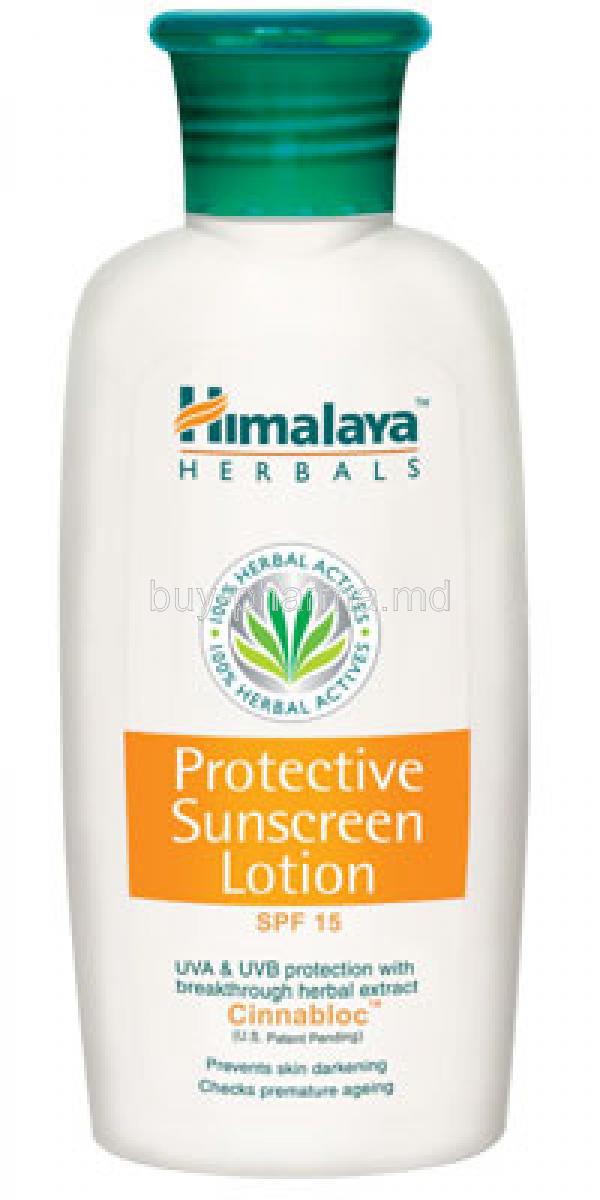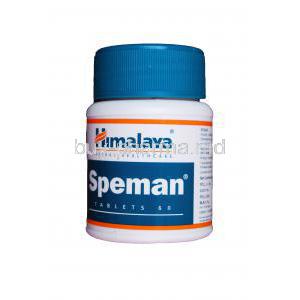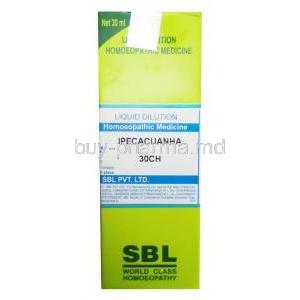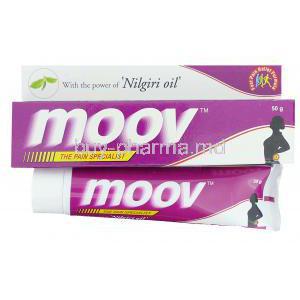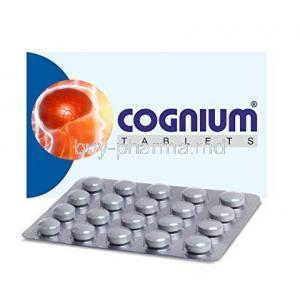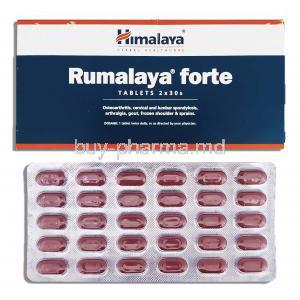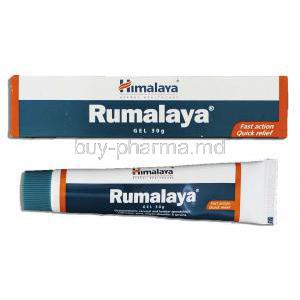1. Introduction to Himalaya Protective Sunscreen Lotion
1.1 Overview of Himalaya Herbals and Their Dermatological Product Line
Himalaya Herbals is a globally recognized brand known for blending traditional Ayurvedic knowledge with cutting-edge scientific innovation. Their dermatological product line spans cleansers, moisturizers, sunscreens, and treatment-focused formulas developed to suit various skin types using naturally derived botanicals.1.2 Purpose and Benefits of Using Himalaya Protective Sunscreen Lotion
Himalaya Protective Sunscreen Lotion is designed to shield the skin from the harmful effects of solar radiation. Infused with botanical actives, this formulation not only defends against UV damage but also nourishes and hydrates the skin. Regular use can help:- Prevent tanning and hyperpigmentation
- Delay signs of premature skin aging
- Maintain skin softness and even tone
1.3 Unique Positioning: Herbal Protection Combined with Scientific Formulation
Unlike conventional sunscreens, this product leverages the synergy of herbal ingredients such as Aloe Vera and Greater Galangal with scientifically validated sun-protective agents. The result is a non-greasy, chemical-free sunscreen that suits both sensitive and combination skin types.2. Composition and Active Ingredients
2.1 Key Herbal Components: Aloe Vera, Spiked Ginger Lily, Greater Galangal
The lotion’s efficacy is largely attributed to its potent herbal constituents:- Aloe Vera: A soothing agent that cools, hydrates, and supports skin healing
- Spiked Ginger Lily: Provides antiseptic properties and protects against environmental pollutants
- Greater Galangal: Acts as a natural UV shield and helps restore skin elasticity
2.2 Role of Each Active Ingredient in Skin Protection
These herbs work in concert to build a multi-layered defense:- Strengthen the skin barrier against UV penetration
- Reduce inflammation from sun exposure
- Minimize oxidative stress by neutralizing free radicals
2.3 Absence of Harmful Chemicals: Paraben-Free, Alcohol-Free, Mineral Oil-Free
The formulation excludes harsh ingredients that are often linked to skin irritation or long-term damage. This makes the sunscreen suitable for prolonged daily use, even on sensitive or acne-prone skin.3. How Himalaya Protective Sunscreen Lotion Works
3.1 Mechanism of Action: UVA and UVB Protection
The lotion forms a protective barrier on the skin that reflects and absorbs both UVA and UVB rays. This dual protection helps prevent both immediate damage like sunburn and long-term effects such as pigmentation and photoaging.3.2 Skin Barrier Reinforcement and Anti-Inflammatory Properties
The emollient-rich base enhances the skin’s natural lipid barrier, reducing transepidermal water loss. Anti-inflammatory botanicals calm redness, itching, and irritation often caused by environmental aggressors.3.3 Photoprotection and Antioxidant Defense Mechanism
Rich in phytonutrients, the lotion provides photoprotection and fights oxidative damage induced by sun exposure. This slows down cellular aging and keeps the skin looking youthful and radiant.4. Approved and Common Uses
4.1 Daily Protection Against Sun Damage and Pigmentation
Ideal for everyday use, the lotion minimizes the risk of skin discoloration, especially on high-exposure zones such as the face, arms, and neck.4.2 Preventing Photoaging and Sunburn
By blocking UV-induced collagen degradation and reducing skin inflammation, it helps delay fine lines, wrinkles, and other markers of photoaging.4.3 Moisturizing and Nourishing Dry and Exposed Skin
With hydrating ingredients like Aloe Vera, the lotion doubles as a moisturizer, replenishing skin exposed to drying winds or urban pollution.4.4 Protection During Outdoor Activities, Commuting, and Mild Exposure
Whether heading out for a walk or commuting to work, this sunscreen provides a lightweight, non-sticky layer of defense throughout the day.5. Off-Label and Unconventional Uses
5.1 Post-Peel or Post-Laser Care Support
After dermatological procedures, skin becomes sensitive to sunlight. Himalaya’s herbal-based sunscreen offers a gentle yet effective protective solution.5.2 Use as a Daily Base for Makeup or Cosmetic Layering
Its matte finish makes it a suitable base under foundation or BB creams without causing pilling or greasiness.5.3 Protection for Mild Inflammatory Skin Conditions Under Sun Exposure
For individuals with rosacea or mild eczema, it offers sun protection without exacerbating inflammation.5.4 Application for Tattoo Protection from Sunlight
When used on healed tattoos, the lotion can help maintain ink vibrancy by protecting against sun fading.6. Dosage and Administration Guidelines
6.1 Recommended Quantity per Application
Apply a generous layer, approximately a coin-sized amount, to each exposed area. Coverage should be uniform without rubbing excessively.6.2 How and When to Apply for Optimal Coverage
Apply at least 15–20 minutes before sun exposure. Ensure skin is clean and dry for maximum absorption and effectiveness.6.3 Frequency of Reapplication During Prolonged Sun Exposure
Reapply every 2–3 hours or immediately after sweating, swimming, or wiping the skin.6.4 Guidelines for Use Under Makeup or Other Skincare Products
Allow the sunscreen to fully absorb before applying makeup. It can be layered over moisturizers and serums that do not contain occlusive agents.7. Side Effects and Safety Profile
7.1 General Safety Overview for Topical Use
Himalaya Protective Sunscreen Lotion is dermatologically tested and generally well tolerated for long-term topical use.7.2 Dermatological Tolerance in Normal Skin
Most users with normal to combination skin experience no adverse reactions. Its herbal base contributes to excellent skin compatibility.7.3 Allergic and Irritation Potential with Prolonged Use
Although rare, individuals with hypersensitivity to specific botanicals may experience irritation. Discontinuation is recommended in such cases.8. Common Side Effects and Skin Reactions
8.1 Mild Redness or Burning Sensation on Sensitive Skin
This may occur due to the natural actives or when applied over broken skin. Symptoms are typically self-limiting.8.2 Temporary Breakouts Due to Pore Occlusion
If not cleansed thoroughly at night, sunscreen residue may clog pores, leading to occasional comedones or whiteheads.8.3 Dryness or Peeling in Cases of Overuse
Excessive application or frequent reapplication on dry skin can lead to flaking. Using a moisturizer in conjunction is advisable.9. Warnings and Contraindications
9.1 Not Suitable for Open Wounds or Infected Skin
The product should not be used on active lesions or broken skin to prevent irritation or secondary infection.9.2 Avoid Contact with Eyes and Mucous Membranes
If contact occurs, rinse thoroughly with water. The lotion is not formulated for mucosal use.9.3 Contraindicated in Individuals with Known Allergy to Herbal Components
Those with a history of hypersensitivity to Aloe Vera, ginger lily, or galangal should avoid use or conduct a patch test prior to application.10. Drug and Product Interactions
10.1 Interactions with Topical Prescription Creams or Dermatological Medications
While Himalaya Protective Sunscreen Lotion is formulated with natural ingredients, caution is advised when used alongside prescription topicals such as corticosteroids, antifungal creams, or depigmenting agents. Potential interactions include:- Altered absorption of active pharmaceutical ingredients
- Compromised efficacy due to occlusive layering
- Risk of heightened skin sensitivity or contact dermatitis
10.2 Compatibility with Cosmetics, Moisturizers, and Acne Treatments
The lotion is generally compatible with standard skincare routines. It layers well under:- Water-based and silicone-based foundations
- Oil-free moisturizers
- Non-comedogenic acne treatments like benzoyl peroxide or salicylic acid
10.3 Effect of Layering with Chemical Sunscreens or Retinoid Products
Layering with other sunscreens, especially those with chemical filters, may lead to product instability or diminished UV protection. In addition:- Retinoids can increase photosensitivity—additional care must be taken with SPF timing
- Apply retinoids at night and sunscreen in the morning to prevent skin irritation
11. Important Precautions for Safe Use
11.1 Patch Test Recommendations for First-Time Users
To minimize allergic reactions, conduct a patch test by applying a small amount of lotion to the inner forearm. Observe for 24 hours for any signs of:- Redness
- Itching
- Swelling or rash
11.2 Avoidance of Use During Active Flare-Ups of Skin Conditions
During flare-ups of eczema, psoriasis, or contact dermatitis, even mild formulations can trigger irritation. Wait until the inflammation subsides before reintroducing sunscreen use.11.3 Adherence to Expiry Date and Storage Instructions
Expired sunscreen may lose its protective properties and potentially irritate the skin. Always check:- Manufacturing and expiration dates
- Changes in texture, color, or smell
12. Special Population Considerations
12.1 Administration to Elderly Individuals
12.1.1 Adjustments Based on Skin Thinning and Fragility
With aging, the skin barrier weakens. Apply a lighter layer and monitor for bruising or heightened sensitivity. Products should be patted, not rubbed, into the skin.12.1.2 Considerations for Long-Term Use in Aging Skin
Chronic sun protection is vital for mature skin prone to sunspots and thinning. This sunscreen supports collagen maintenance while offering a gentle herbal alternative to chemical sunscreens.12.2 Use During Pregnancy and Breastfeeding
12.2.1 Safety of Herbal Actives for Maternal Skin
The herbal composition is generally regarded as safe during pregnancy. Aloe Vera and Ginger Lily have no known teratogenic effects when applied topically.12.2.2 Guidelines for Application Away from Nursing Areas
To avoid infant exposure, refrain from applying sunscreen near the breast area, especially before breastfeeding. Wash hands thoroughly after application.12.3 Administration to Children and Adolescents
12.3.1 Age-Appropriate Usage Recommendations
Suitable for children above 3 years of age. For toddlers and infants, consult a pediatrician before use, as their skin may be more reactive to botanicals.12.3.2 Special Attention to Dosage and Reapplication Frequency
Apply a thin, even layer and reapply more frequently for children due to sweat and physical activity. Avoid using near the eyes or mouth.13. Careful Administration and Special Instructions
13.1 Avoid Excessive Application or Occlusive Layering
Overuse can clog pores or create a heavy film on the skin. A coin-sized amount per body part is typically sufficient for full coverage.13.2 Monitoring for Skin Responses During First Few Applications
Watch for signs of sensitivity such as tingling or flushing. Gradual introduction into the skincare routine can enhance tolerability.13.3 Suitable Frequency of Use in Tropical vs Temperate Climates
In high UV-index regions, reapply every 2–3 hours. In lower UV environments, application every 4 hours is generally sufficient unless sweating or swimming.14. Overdose and Misuse Information
14.1 Risk Profile in Case of Excessive Topical Application
There is no systemic toxicity risk with topical overuse, but localized effects may include:- Blocked pores
- Greasy residue buildup
- Reduced breathability of the skin
14.2 Accidental Ingestion: Symptoms and Emergency Response
If accidentally ingested by children or pets, symptoms may include nausea, vomiting, or diarrhea. Contact poison control or a healthcare provider immediately.14.3 What to Do in Case of Exaggerated Dermatological Reactions
If a severe rash, hives, or swelling occurs:- Cease usage immediately
- Cleanse area with lukewarm water
- Apply a cool compress and seek medical advice if symptoms persist
15. Handling and Storage Precautions
15.1 Recommended Storage Temperature and Light Exposure Limits
Store in a cool, dry place between 15°C and 25°C. Avoid direct sunlight, which can degrade active components and destabilize the emulsion.15.2 Shelf Life and Integrity of Product Packaging
Use within 12 months after opening. Always ensure the cap is tightly sealed to prevent microbial contamination and ingredient oxidation.15.3 Safe Handling Practices for Frequent Travelers or Outdoor Users
When on-the-go:- Keep the tube upright and protected from heat inside bags
- Avoid shared or public use of open containers
- Reapply from clean hands or sanitized applicators only
Himalaya Protective Sunscreen Lotion FAQ
- Is Himalaya sunscreen lotion good for the face?
- What are the ingredients in Himalaya Protective Sunscreen Lotion?
- What is Himalaya Protective Sunscreen Lotion used for?
- What are the key sunscreen ingredients in Himalaya Protective Sunscreen Lotion?
- What is the SPF (Sun Protection Factor) of Himalaya Protective Sunscreen Lotion?
- How often should Himalaya Protective Sunscreen Lotion be applied?
Is Himalaya sunscreen lotion good for the face?
Yes
What are the ingredients in Himalaya Protective Sunscreen Lotion?
Spices like Ginger Lily and Greater Galangal are combined with soothing Aloe Vera and refreshing Crab Apple.
What is Himalaya Protective Sunscreen Lotion used for?
Sunscreen is applied to shield the skin from the sun's UVA and UV rays, preventing sunburn and long-term damage while avoiding tanning.
What are the key sunscreen ingredients in Himalaya Protective Sunscreen Lotion?
Ingredients commonly found in products consist of chemical filters such as Octinoxate and Oxybenzone alongside filters like Titanium Dioxide. Moreover, such products frequently incorporate extracts such as Spiked Ginger Lily and aloe vera.
What is the SPF (Sun Protection Factor) of Himalaya Protective Sunscreen Lotion?
You can usually find it in SPF 15 or 30 and higher levels; just make sure to read the product labeling for the exact SPF number.
How often should Himalaya Protective Sunscreen Lotion be applied?
Certain products may protect against water for a duration of time. It is essential to refer to the product label for detailed information on water resistance claims and guidance on how to reapply after being exposed to water.

